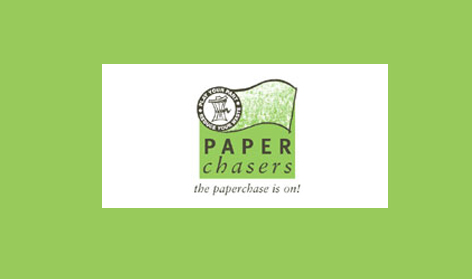Brighton & Hove City Council

Paperchasers scheme
The City of Brighton & Hove is a unitary authority; as such, the council is responsible for both waste collection and disposal. In 2000/01 the City generated 112,324 tonnes of household waste of which 10% was recycled. The City needed to double its recycling rate to meet the 20% statutory target for 2003/04 and triple it to attain the 30% 2005/06 target.
Paperchasers
In May 2001, Brighton & Hove City Council introduced the Paperchasers recycling scheme to 11,000 households.
Paperchasers involved households placing paper (newspapers, magazines, junk mail, greeting cards, catalogues and telephone directories) out for collection every two weeks. In January 2002, WERG monitored approximately 2,000 households over an eight week period. Both set out and participation rates were collected and general observations were recorded. Data was collected from two rounds, one performing well, the other less so.
The average participation rate (measured over 4 weeks) in the better performing area was 49% with 57% of households participating at least once over the eight week period. Participation varied on individual roads from 68% to 19%. In the poorer performing round the average participation rate was 21% with 31% participating at least once. Again there was much variation on individual roads, 38% to 14%. Reasons for this variation may include the demographics of the population and that in the poor performing area different types of containment were being trialled.
The Paperchasers scheme was extended to the majority of the city and in October 2002 some further analysis was undertaken. In the three areas monitored the participation rate varied from 56 - levels far higher than those recorded in the initial survey.
Towards multi-materials recycling
Following on from the paper collection the council introduced its first multi-material collection service in April 2003. This scheme was implemented in some 6,000 households with glass, plastics, cardboard, textiles, paper, cans and foil collected every fortnight.This scheme laid the foundations for the multi material collection in operation throughout the City today.
In 2004 WERG conducted analysis of the scheme which by then had also incorporated carrier bags and batteries. WERG conducted participation rate monitoring, waste analysis and questionnaire surveys of residents. Of the 5,000 households monitored, 72% were participating of which 93% set out paper, 73% set out plastic bottles, 70% card and 66% glass.
The council now offers the majority of households a co-mingled collection of recyclables and 29% of household waste is being recycled.


